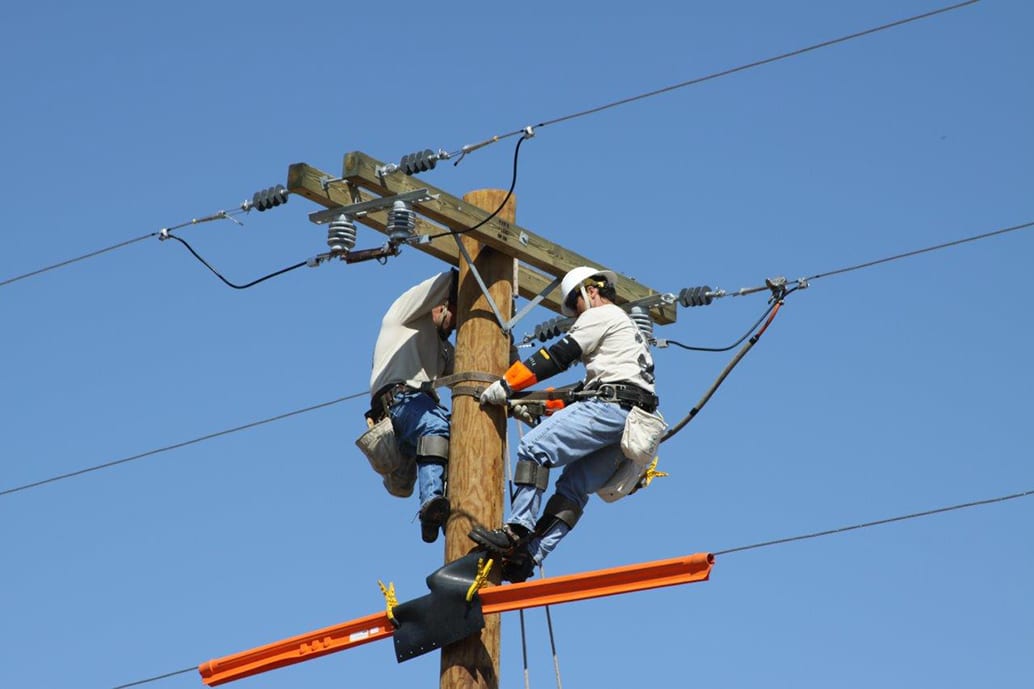A new study by EQ Research, based in Cary, NC, examines the length of the interconnection process for PV consumers in different U.S. utility service territories to connect to the grid and begin generating electricity.
The report, Comparing Utility Interconnection Timelines for Small-Scale Solar PV, 2nd Edition, also compares how interconnection timelines have improved – or worsened – for individual utilities in recent years, and how grid reliability concerns are playing a role.
While several individual utilities improved their interconnection timelines, utilities on the whole took longer to process interconnection applications and grant permission to operate (PTO) for small PV systems (10 kW or less) installed in 2015 compared to 2014. The report found that the average pre-application waiting period rose by 57 percent in 2015 compared to 2014, while the average post-construction waiting period rose by 103 percent. Increasing delays are leading to higher levels of consumer frustration.
“The interconnection process is increasingly important as the popularity of distributed solar grows, and as states continue to pursue aggressive clean energy goals,” said Chelsea Barnes, lead author of the report. “Delays in connecting PV systems to the grid are confusing to consumers and costly to installers – and the problem is growing worse in many states. We are hopeful, however, that consumers will see faster interconnection timelines because a number of individual utilities made significant positive changes over the last year.”
The report synthesizes the results of a survey of solar installers, using data collected for 62 utilities in 20 U.S. states and Washington, D.C. Though pre-construction approval was slower on average across all utilities, fifteen utilities demonstrated faster pre-application timelines in 2015 than in 2014. However, PTO timelines were significantly slower in 2015; 40 utilities took longer to process PTO in 2015 compared to 2014, and only five utilities reduced their average PTO waiting periods: FirstEnergy, in Maryland; Con Ed, in New York; Delmarva Power, in Maryland; Tucson Electric Power, in Arizona; and the Delaware Electric Cooperative.
Longer delays are attributable to a number of issues, including the absence of clear procedural deadlines for utilities, inadequate utility resources for processing applications, antiquated application processes, and increasing application volumes. The new report identifies several key issues that create interconnection delays, and recommends best practices for expediting the interconnection process, including the use of online application systems, regulated deadlines and performance reporting, and planning for increased PV on the grid.
“We believe that the recommendations in this report will help utilities work more effectively with solar installers for the benefit of their customers,” Barnes said. “Increasing application volumes clearly indicate that homeowners and other customers want more solar, and there are many solutions for the industry, policymakers, and utilities to streamline processes as much as possible.”
Notably, high PV penetration levels do not necessarily lead to lengthy interconnection timelines. In fact, a number of utilities with comparatively high PV penetration levels have made improvements that allow them to process and approve customer interconnection requests faster, such as developing automated application systems and allowing PV installers to access to grid penetration data. Utilities that have made investments to streamline their application processes have benefited from higher customer satisfaction, as well as savings in time and money for themselves, customers, and installers.
EQ Research provides policy research, analysis and incentives data services to businesses, non-profits and other clean-energy stakeholders. EQ Research’s areas of clean-energy policy expertise include state legislative and regulatory policy, local government policy, financial incentives, renewables portfolio standards (RPS), renewable-energy credits (RECs), solar policy, net metering, interconnection procedures, general rate cases, rate design, distributed generation, energy storage and electric vehicles.
This content is protected by copyright and may not be reused. If you want to cooperate with us and would like to reuse some of our content, please contact: editors@pv-magazine.com.









By submitting this form you agree to pv magazine using your data for the purposes of publishing your comment.
Your personal data will only be disclosed or otherwise transmitted to third parties for the purposes of spam filtering or if this is necessary for technical maintenance of the website. Any other transfer to third parties will not take place unless this is justified on the basis of applicable data protection regulations or if pv magazine is legally obliged to do so.
You may revoke this consent at any time with effect for the future, in which case your personal data will be deleted immediately. Otherwise, your data will be deleted if pv magazine has processed your request or the purpose of data storage is fulfilled.
Further information on data privacy can be found in our Data Protection Policy.